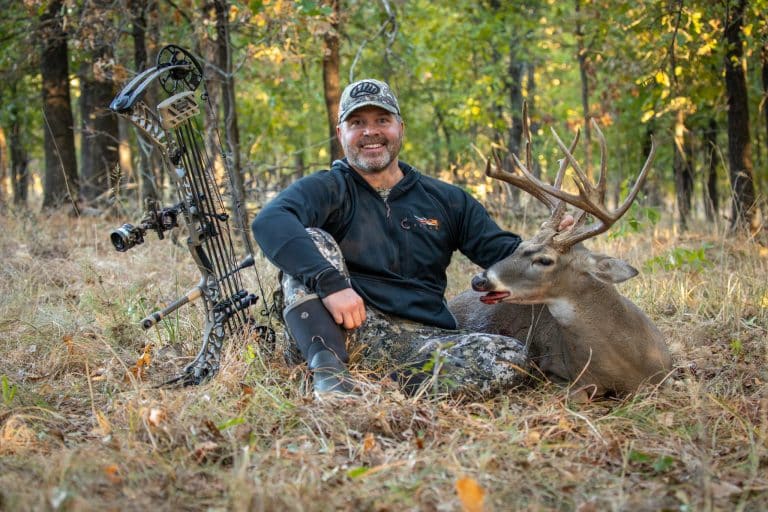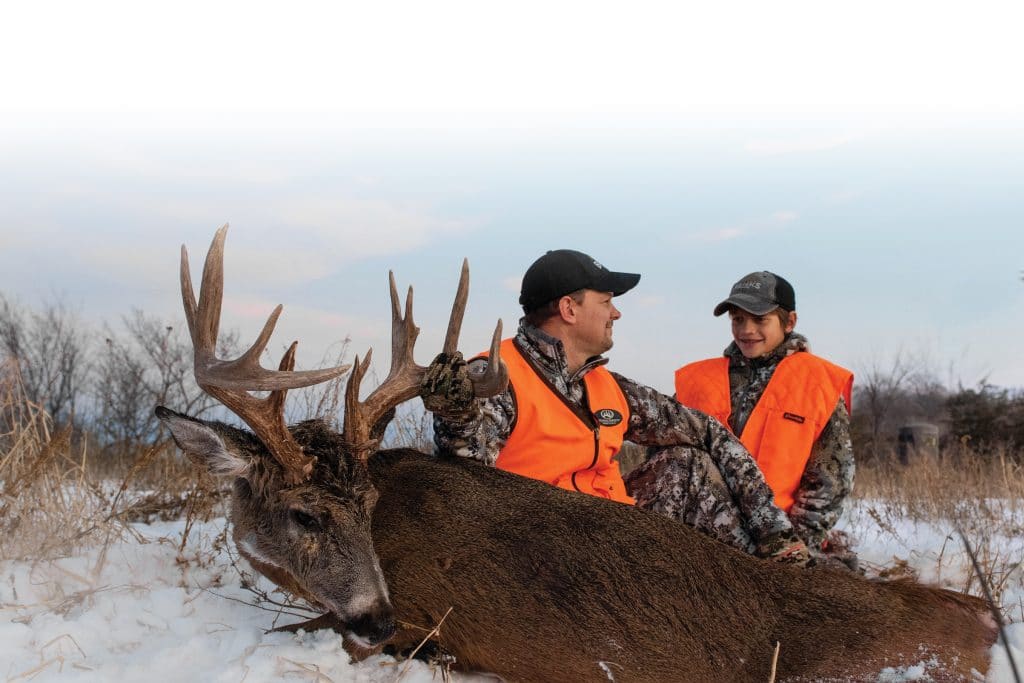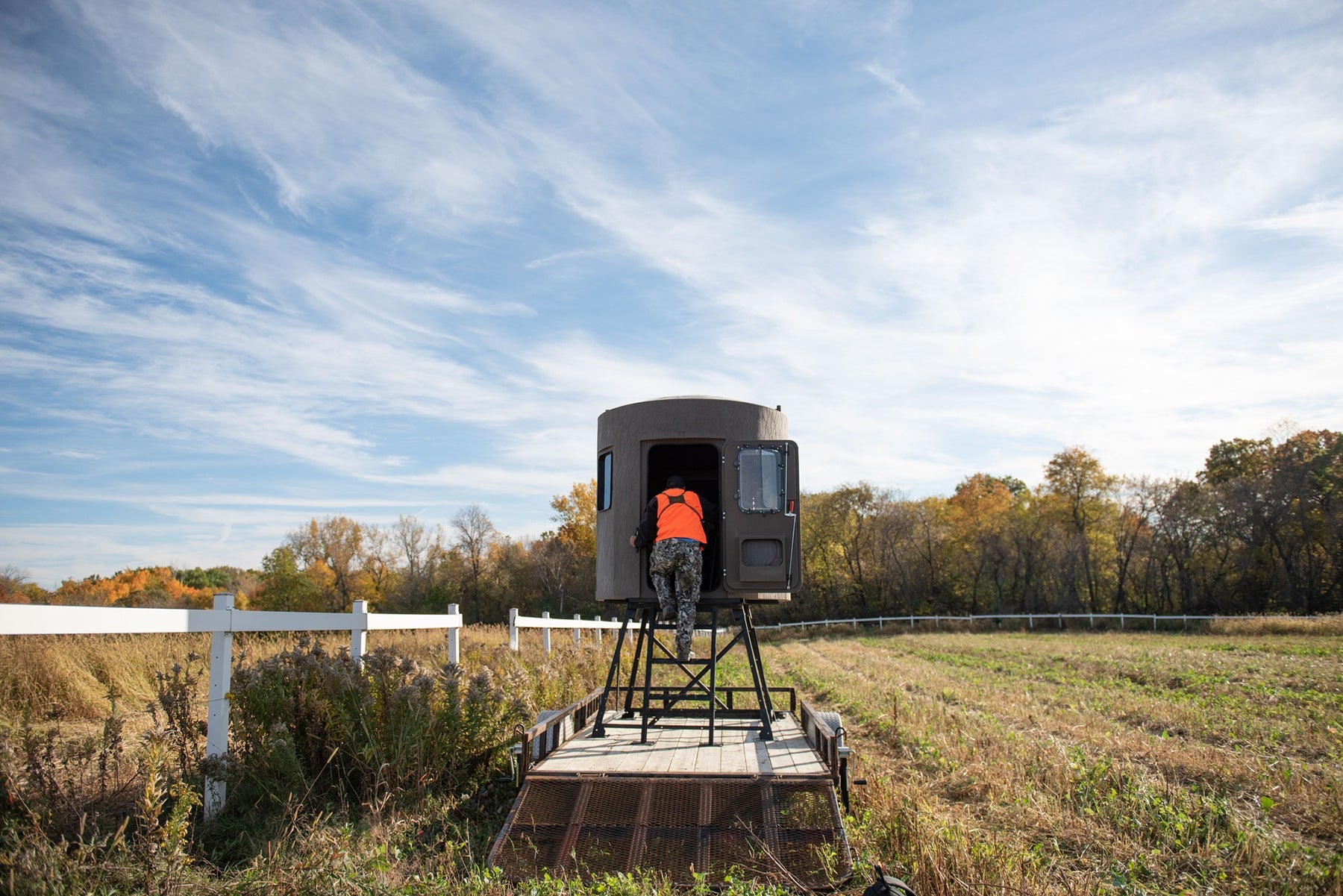Conservation is the cornerstone of deer hunting. By being an active hunter, you not only put organic, fresh meat on your dinner table, you help contribute to keeping the deer population in check. Left uncontrolled, a deer population has the potential to become dangerous as the abundance affects crops, roadways, and other ecosystems. Make a plan to hunt does this deer season to do your part in conservation.
How it Works
Since deer are prey animals, they are biologically wired through natural selection to breed more offspring than their habitats can handle to overcompensate for offspring that will be taken by predators. When there aren’t enough predators hunting the deer herd, those extra offspring will cause the numbers in the herd to inflate and become too large to be sustainable. This is why it’s important to harvest both bucks and does to control the population. It also disrupts the cycle if you overhunt a herd or if there are too many predator animals, like wolves and coyotes, in an area. It’s all a delicate balance to maintain a proper predator-to-prey ratio.
Dwindling Habitats
The National Deer Association considers a deer herd overpopulated when the carrying capacity exceeds the habitat. If there are too many deer in relation to a small plot of land, the herd will quickly eat through their resources. When they run out of their regular food, they’ll start eating food that isn’t safe for their systems, causing digestive issues, spreading diseases and other health problems. A lack of food is also grim for a fawn’s survival. Too many fawns and too little resources means the fawns will perishi from lack of proper food sources.
In addition to hunting does to keep the population in check, you can make sure the remaining herd has enough supplemental feed to keep them on your property so they don’t wander onto a working, for-profit, farm and start eating their inventory of corn in the field. Check your state’s regulations to make sure supplemental feeding is legal in your area.
Check the Regulations for Tags
Check your state’s regulations for deer tags. Many states offer separate tags for bucks and does meaning you can legally tag each type, separately. Minnesota offers three “antlerless deer” tags, which apply during the early antlerless season from Oct. 16-19. So, make sure you have a tag for each when you go on your hunt that week so that you can take the opportunity when any deer crosses in front of your Stump blind. Note that there are some areas that are designated as bucks-only hunting areas. You can also purchase a bonus/disease management license and harvest an antlerless deer during the regular deer season. See the Minnesota DNR Hunting Regulations page for details. Biologists calculate the appropriate number of deer to harvest for each deer season based on science, which is why it’s important to stick to the legal hunting guidelines for your state.
Hunting does during the fall deer season helps control and manage the herd for the rest of the year. Hunting and conservation work with each other in a delicate balance, in tandem with natural predators and nature’s ecosystems. When both work together, it results in an ethical, manageable deer herd.
How do you control the deer herd? Let us know in the comments below!






Hunting Hot Weather: How to Adjust Your Game Plan for Warm Fall Hunts
Are You Overhunting Your Best Spots? How to Avoid Early Season Pressure